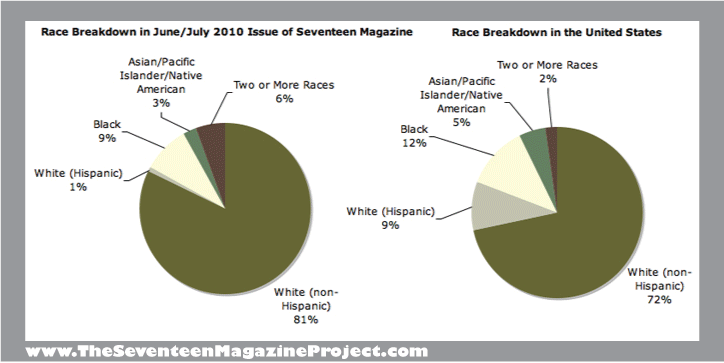Plans to build an Islamic community center near the site of Ground Zero, the site of the destroyed World Trade Center towers in Manhattan, have stirred up the political right who have dubbed it the Ground Zero Mosque. The proposed site (A) is about two blocks from where the twin towers once stood (B):
Objection to the project is based on a false conflation of the attacks with Islam. Bin Laden drew on Islam to mobilize support for the attack, but this in no way makes the attacks Islamic. Many Muslims died in the attacks and Muslims around the world condemn them. When Scott Roeder murdered George Tiller for performing abortions, we didn’t call that a Christian attack. It is prejudicial to paint entire groups based on the actions of a few.
Notice, however, how this ad opposing the community center identifies all Muslims (“they”) as America’s enemy (found here). The ad’s narrator explains, “They declared war against us” and “to celebrate that murder of 3,000 Americans, they want to build a monstrous, 13-story mosque at Ground Zero…” Trigger warning for those sensitive to images of the 911 attacks:
The campaign against the community center, then, is a good example of our refusal to notice that many Americans are Muslims and that not all Muslims are America’s enemy.
It also misunderstands life in that region of the city. The ad names says that the site of the World Trade Center is “sacred” and Sarah Palin says that it is “hallowed ground.” To that, Daryl Lang took it upon himself to photograph some of the Manhattan corners and storefronts that were the same distance from Ground Zero as the proposed center. “Look at the photos,” he writes, “This neighborhood is not hallowed… The blocks around Ground Zero are like every other hard-working neighborhood in New York, where Muslims are just another thread of the city fabric.”
Thanks to Dmitriy T.M. for sending the link to Daryl Lang’s photos!
Lisa Wade, PhD is an Associate Professor at Tulane University. She is the author of American Hookup, a book about college sexual culture; a textbook about gender; and a forthcoming introductory text: Terrible Magnificent Sociology. You can follow her on Twitter and Instagram.













